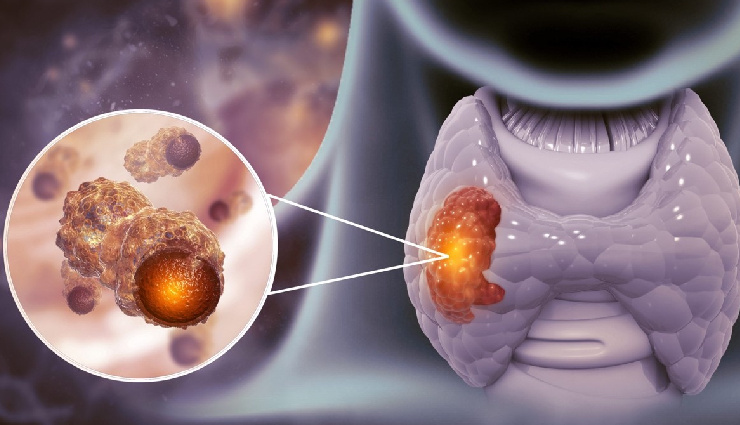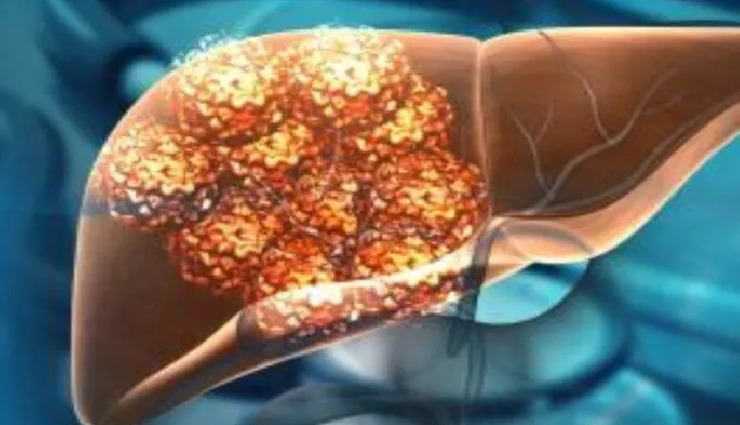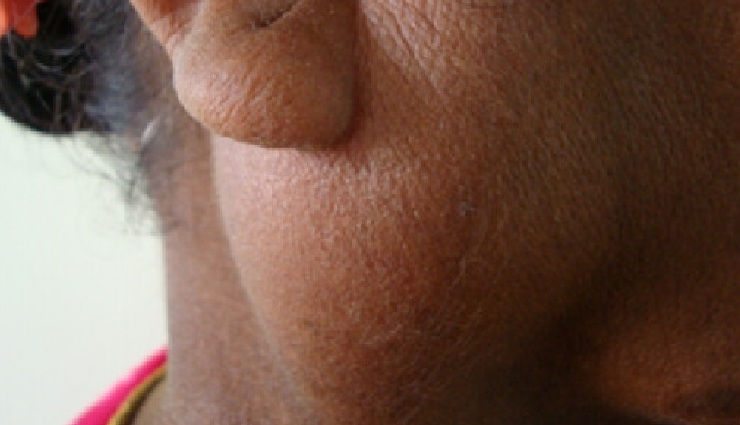- Home›
- Healthy Living›
- 9 Most Rare Cancer Found In India
9 Most Rare Cancer Found In India
By: Saloni Jasoria Sun, 24 Nov 2024 3:09:39

Cancer is a prevalent disease that impacts millions globally each year, potentially affecting nearly any part of the body. With an estimated 200 distinct types, most cancers are classified as rare, affecting fewer than 6 in 100,000 people annually. This list highlights some of the rarest cancers worldwide, with a special focus on India. Like common cancers, early detection significantly improves the chances of successful treatment for these rare forms.
Rare cancers, though less common, pose a significant healthcare challenge in India due to their unique characteristics and the limited awareness surrounding them. These cancers affect fewer than six individuals per 100,000 people annually, making them harder to diagnose and treat effectively. Examples include types like sarcomas, neuroendocrine tumors, and certain childhood cancers. Due to their rarity, patients often face delays in diagnosis, limited access to specialized care, and fewer treatment options. However, advancements in medical research and increasing awareness are helping improve early detection and treatment outcomes, emphasizing the need for better education, support systems, and targeted healthcare policies for managing rare cancers in India.

# Anaplastic Thyroid Cancer (ATC)
Anaplastic thyroid cancer, also called anaplastic thyroid carcinoma, is an aggressive type of thyroid cancer caused by uncontrolled thyroid cell growth. It is known for its rapid progression and resistance to treatment, resulting in a poor prognosis.
Affected Population: Represents 1-2% of thyroid cancer cases worldwide; exact numbers are unknown.
Affected Area: Thyroid gland.
Treatment: Curable only if detected early, and the cancer is fully removed through surgery before spreading.
Survival Rate: Poor; 5-year survival ranges from 20-31%.

# Small Bowel Adenocarcinoma
This rare cancer originates in the epithelial lining of the small intestine and is the most common small intestine cancer type, despite its rarity in India. These tumors can grow and obstruct the intestine.
Affected Population: About 75,000 cases reported annually worldwide; Indian data unavailable.
Affected Area: Small intestine, particularly near the stomach.
Treatment: Yes, it is treatable.
Survival Rate: Data on the 5-year relative survival rate is limited.

# Fibrolamellar Hepatocellular Carcinoma (FLC)
A rare but aggressive liver cancer primarily seen in adolescents without prior liver disease. Surgical removal is the only treatment option, but the recurrence rate is high (>50% within three years).
Affected Population: Incidence data is unavailable globally but reported worldwide.
Affected Area: Liver.
Treatment: Surgical resection is possible.
Survival Rate: Median survival after diagnosis is 6-20 months.
# Gynaecological Sarcoma
These malignant tumors affect the female reproductive tract, including the uterus, endometrium, ovaries, vagina, vulva, and fallopian tubes. They are rare in women under 30.
Affected Population: Approximately 1 in 20 women.
Affected Area: Female reproductive tract.
Treatment: Yes, it is treatable.
Survival Rate: 66%.

# Salivary Gland Cancer
This rare cancer develops in the salivary glands, forming malignant cells. Treatment focuses on curing the cancer while preserving the function of surrounding tissues and organs.
Affected Population: 1 in 100,000 adults annually.
Affected Area: Salivary glands.
Treatment: Yes, it is treatable.
Survival Rate: 5-year survival is 95% when confined to the salivary gland.

# Thymoma
Thymoma, or thymic carcinoma, occurs when cancerous cells grow in the thymus. It is often associated with autoimmune diseases like myasthenia gravis. Symptoms include coughing and chest pain.
Affected Population: Fewer than 1 in 1.5 million people annually (~400 cases per year).
Affected Area: Thymus (part of the lymphatic and immune systems).
Treatment: Yes, it is treatable
Survival Rate: 10-14%.
# Penile Cancer
This cancer originates from abnormal cell growth on or within the penis, often beginning in the skin and spreading inward.
Affected Population: Diagnosed in fewer than 1 in 100,000 men annually.
Affected Area: Penis.
Treatment: Yes, it is treatable.
Survival Rate: 80%.

# Relapsed/Metastatic Anal Cancer
A rare gastrointestinal cancer where malignant cells form in the anus. While stage IV or metastatic cases are typically incurable, treatment can extend survival and alleviate symptoms.
Affected Population: Around 7,000 new cases annually.
Affected Area: Anus.
Treatment: Stage IV cases are not curable but can be managed.
Survival Rate: 91%.
# Ocular Melanoma
This extremely rare cancer affects the eye and is the most common primary eye cancer in adults. It typically begins in the uveal tract.
Affected Population: Approximately 5 cases per million adults annually.
Affected Area: Eyes.
Treatment: Most cases can be treated successfully if detected before spreading beyond the eye.
Survival Rate: 85%.
Related Stories:





